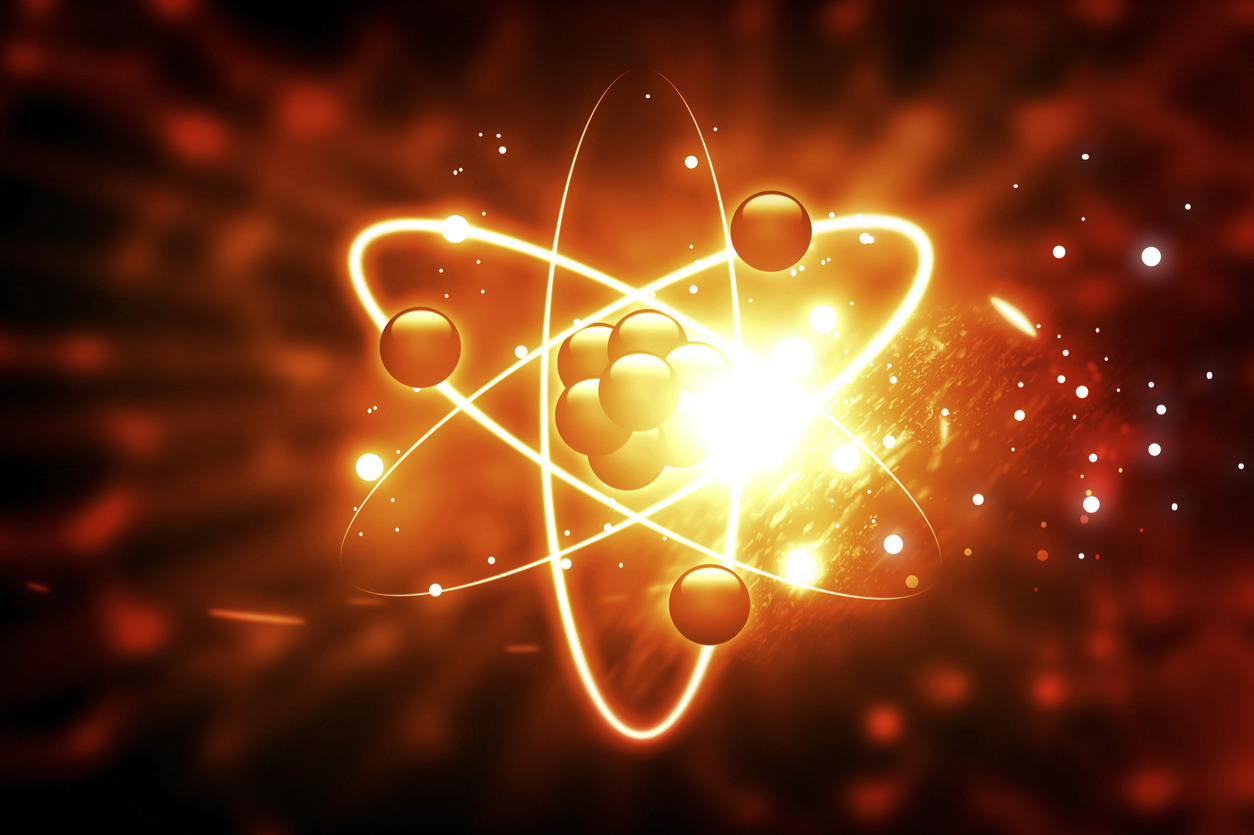
As the world discovered when the United States deployed the power of atomic energy to end World War II, the nation that has the means to harness this incredible force in any of its many forms has the means of dictating terms to the rest of the globe.
So it should come as no surprise that China is devoting financial, technological, and educational resources to harness what is commonly called, "controlled fusion." Or, to be specific, to place the enormous energy that powers the Sun inside a reactor that, in turn, could replace virtually every fossil fuel facility on the planet, running on a virtually inexhaustible supply of "clean" fuel.
From subduing the political power of those enemy nations seeking to use their oil and gas reserves to bully America, to addressing climate change concerns, controlled fusion could be as powerful an advance as fire and the wheel.
The Chinese fully recognize the implications of owning this kind of strategic achievement.
Industry reports suggest the Chinese government is putting billions into developing laboratories required to study how to create a sustainable controlled fusion reaction. It is far from easy, as it requires extremely high heat and enormous pressures. One energy industry report says:
"They are training a growing cadre of scientists, with a goal of training 1,000 new plasma physicists to support this program. This plan by the Chinese government shows a real commitment to fusion and makes them a possible front-runner in the global rush to viable fusion technology."
The Chinese are clearly playing the long game, something our nation has traditionally declined to do. Recent media reports reveal that Chinese leadership has directed significant investment in educational initiatives that will allow growing numbers of Chinese students to major in math, science and engineering. One news dispatch suggests that enrollment has increased more than tenfold since 2000, while spending on research and development has tripled over the past ten years.
In the 1950s, America coasted along, content in its postwar era of big cars, new suburban homes, and contented families. Little interest was displayed in science, math or engineering. And then the Soviet Union launched the world's first satellite, and the United States suddenly discovered they were a distant second place in space travel. Our first response to counter their orbital achievement blew up on the launch pad.
But we learned our lesson and were the first humans to land on the Moon. We vowed to never give up our first place position in technology.
Yet we are now in danger of doing so, as China continues to seek to unlock the enormous energy of a controlled fusion reaction.
The incoming Trump Administration has the means -- and certainly has revealed the will -- to regain American leadership in an arena that could determine who will dominate the rest of the 21st Century. The time to win this latest chapter in the world's atomic race is now.
Lawrence Kadish serves on the Board of Governors of Gatestone Institute.


